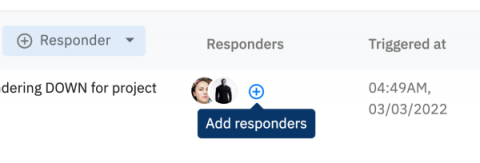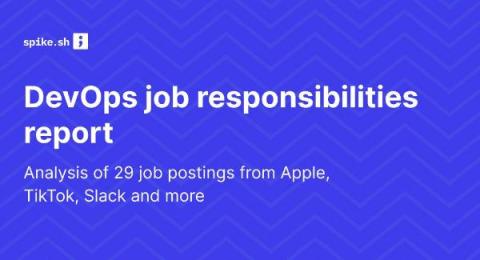Hello World
It feels great writing this. It's hard to believe that we have been working on Spike.sh full-time for 3 years now. It's been the most rewarding experience of my life. A big thank you to all of our users and your constant feedback, which has only made Spike.sh better month on month. We are - Over the years, we have always kept our heads down and built. During this entire process, we have learnt a huge deal of things when it comes to incidents and how they are being managed.











